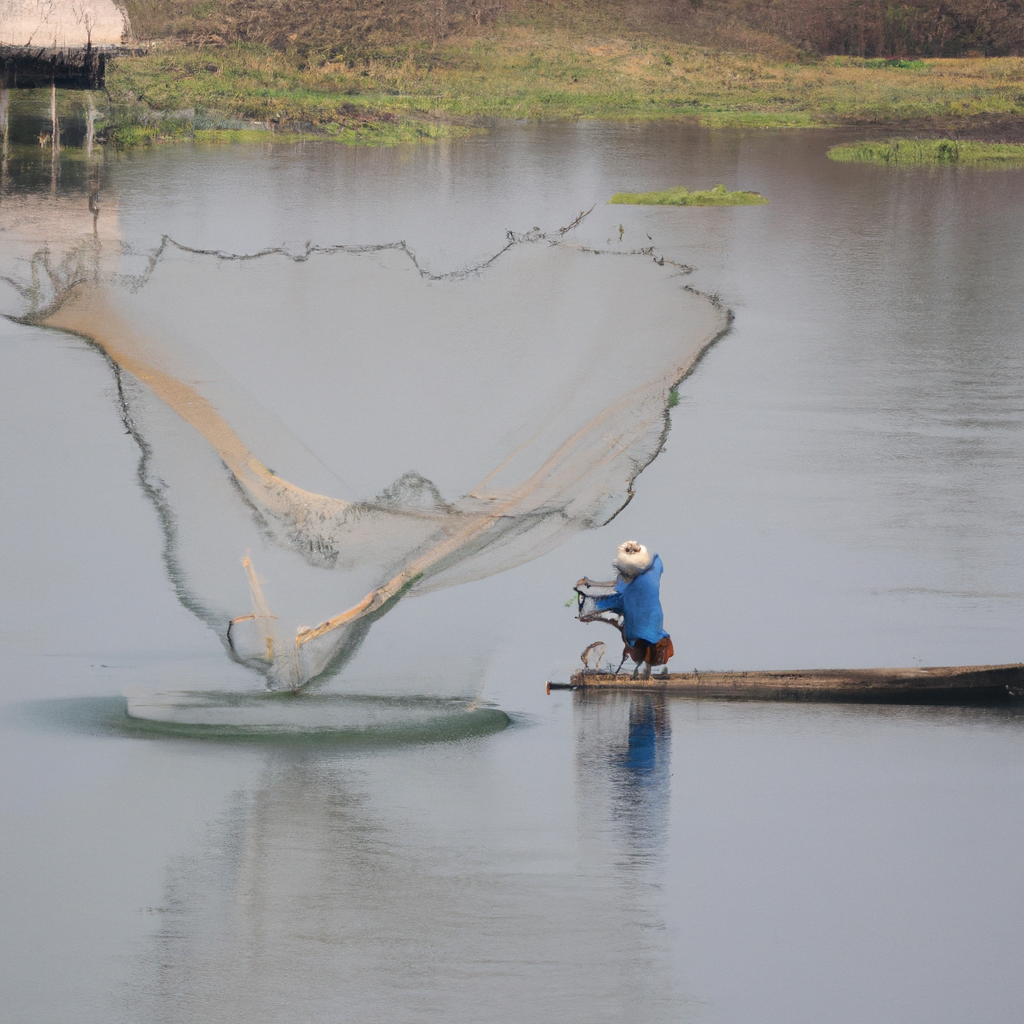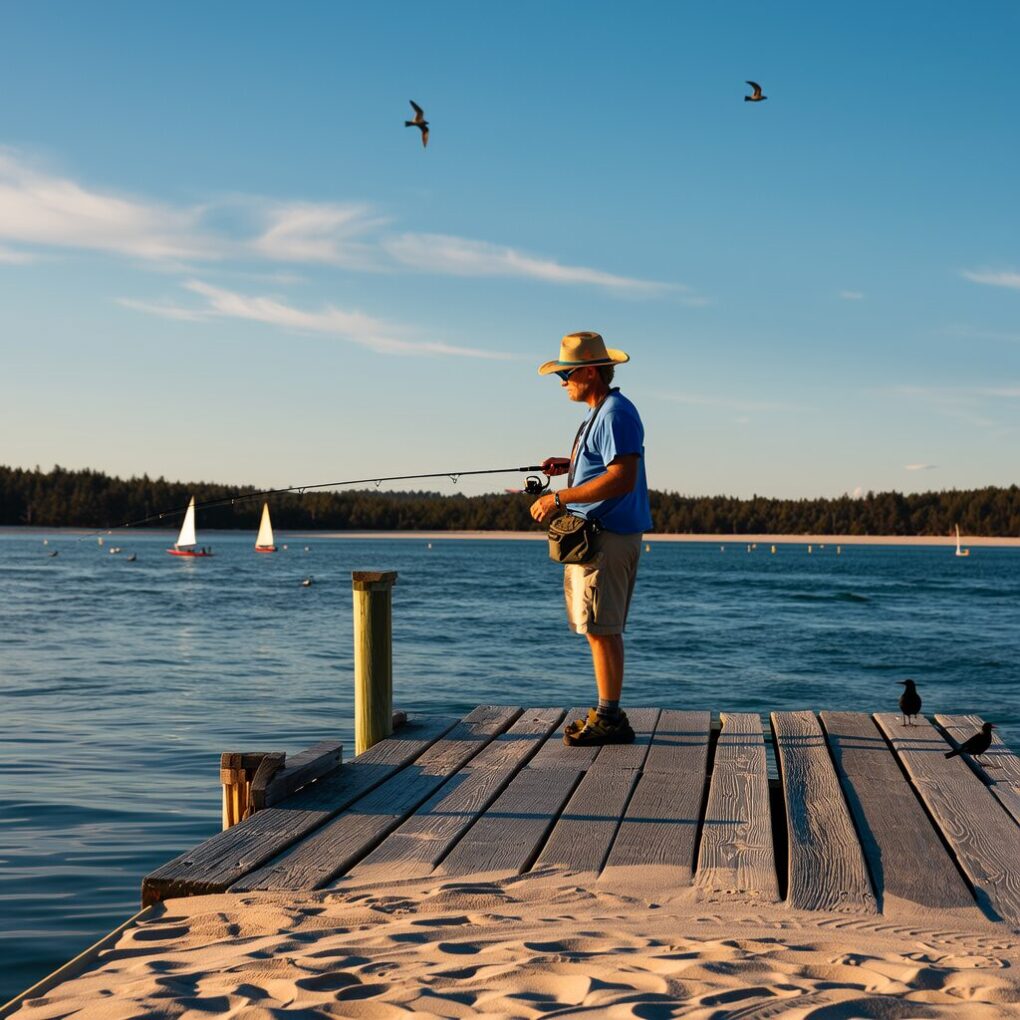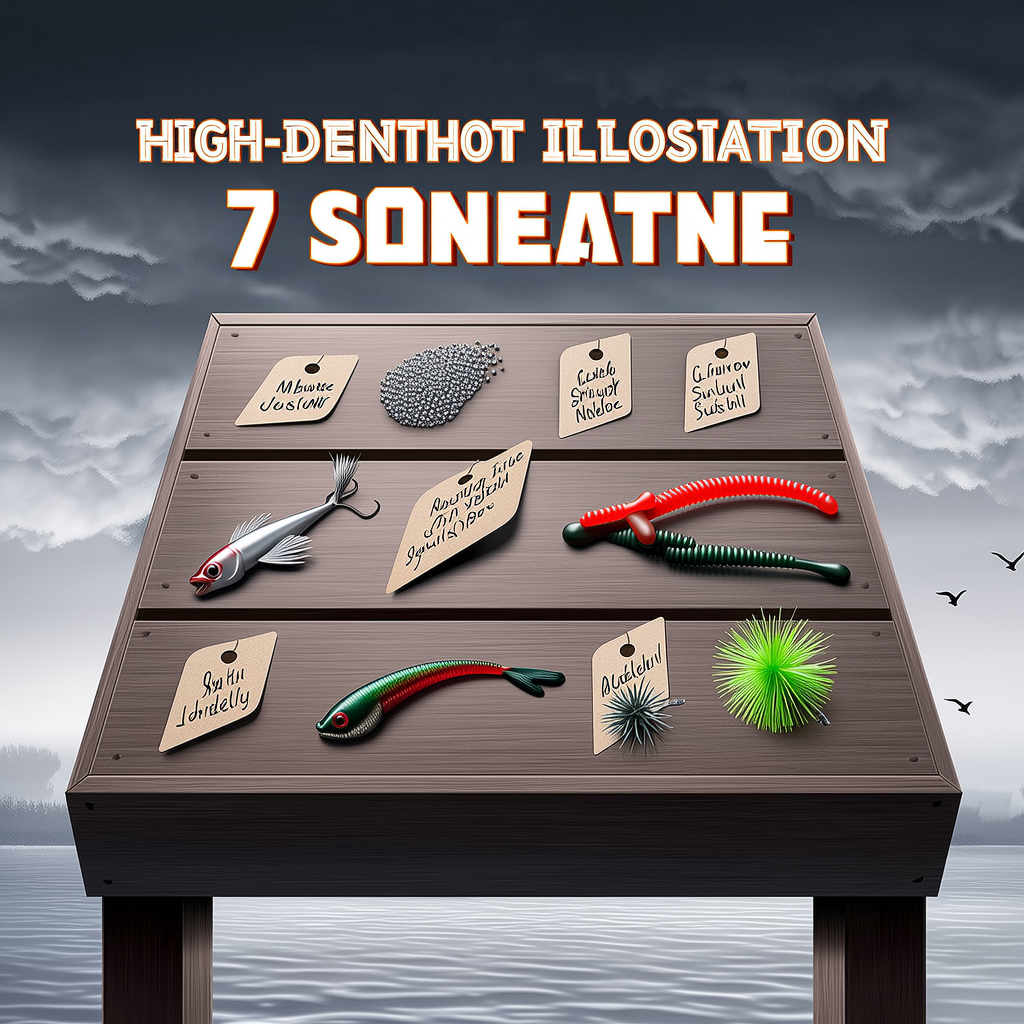Introduction
The Strike-Zone technique is a popular way for anglers of all levels to target areas in the water that are more likely to attract fish. To achieve maximum success, this method requires careful observations, knowledge of fish behaviour, and skillful manoeuvres. This article will explore the intricacies and strategies of Strike Zone Fishing, and provide tips and tricks to increase your chances of catching a big one.
Understanding Strike Zones
Before diving into Strike Zone Fishing, you should first understand what a strike zone is. A strike-zone is the area of the water where the fish are actively feeding, and are more likely to strike a lure or bait. This can depend on the type of fish, time of day, conditions in the water, and other factors.
You can find strike-zones at different depths and locations within a body or water. They can be affected by sunlight, temperature and other factors. To be successful at Strike-Zone Fishing an angler must identify these areas and target them effectively.
Locating Strike-Zones
Strike-Zone Fishing is not complete without locating strike-zones. This involves observing water, studying fish behaviour, and using different methods to pinpoint where the fish are likely feeding. Some effective techniques include:
- Use of fish finders and depth finders for identifying underwater structures and depths
- Observing the behavior and presence of fish by diving birds
- Look for areas that have visible vegetation or structures that provide cover to fish
- Observing changes in water clarity or temperature that can affect fish behavior
- Keep an eye out for any baitfish that might be congregating at a certain area
These techniques can help anglers increase their chances of success by reducing the potential strike zones.
Fishing gear and baits
Once you have located the strike zone, it is important to use the right fishing equipment and baits to entice fish to strike. The type of gear and baits you choose will depend on your target species and the conditions. Some of the most commonly used fishing equipment includes:
- Rods and reels that are suitable for the chosen fishing technique
- Fishing lines and leaders
- Different types of hooks and weights
- Live baits or lures that mimic the prey preferred by the target species
It is important to match your baits and gear to the species of fish you are targeting. You can make better choices if you research the habits, feeding patterns, and preferences of your target species.
Strike Zone Fishing Strategies
It’s time to use effective fishing techniques. Here are some tips to increase your chances of catching a fish:
1. Precision Casting
Precision casting is essential when fishing in a zone of strike. To attract the fish’s attention, aim to place your lure or bait directly in the strike zone. Accurate casting increases your chances of provoking an attack.
2. Slow and steady
Fish patiently and slowly in the strike zone. Fish will often take some time to investigate and locate your lure or bait. Slow and steady retrieval will give them plenty of time to strike.
3. Experimenting with Retrieve Speed
Fish can be finicky and have different preferences for retrieval speed. Test different retrieval rates to see what works best for the strike zone. Some fish will prefer a fast-moving lure, while others might be attracted by a subtle and slow presentation.
4. Change Your Bait
When fishing in a strike zone, don’t limit your bait choices to one type. You can determine what fish are actively eating by switching between different baits. This will increase the chances of catching fish.
5. Use Attractive Colors
Make your bait or lure more attractive by using colors that are vibrant or ones that mimic the natural prey for the species you’re targeting. Try experimenting with colors and patterns.
6. Timing is Everything
Fish can change their behavior throughout the day and even their preferred strike time. Adjust your fishing schedule according to the feeding patterns. Early morning and late afternoon can be productive times to fish the strike zone.
7. Practice Stealth
It is important to minimize any disturbances in the strike zone that could spook fish. Avoid loud noises and sudden movements to avoid frightening or alerting your target.
8. Be Patient
Patience and persistence are required for strike-zone fishing. You may not get a strike on every cast, but if you stay focused and persistent, your chances of success will be increased.
Conclusion
Strike-Zone fishing is a skillful method that can enhance your fishing experience. By understanding strike zones, locating them and using the right gear and baits as well as effective fishing strategies, it is possible to increase your chances of catching a prized fish. Strike-Zone Fishing is a great way to improve your skills and become a more successful angler.




